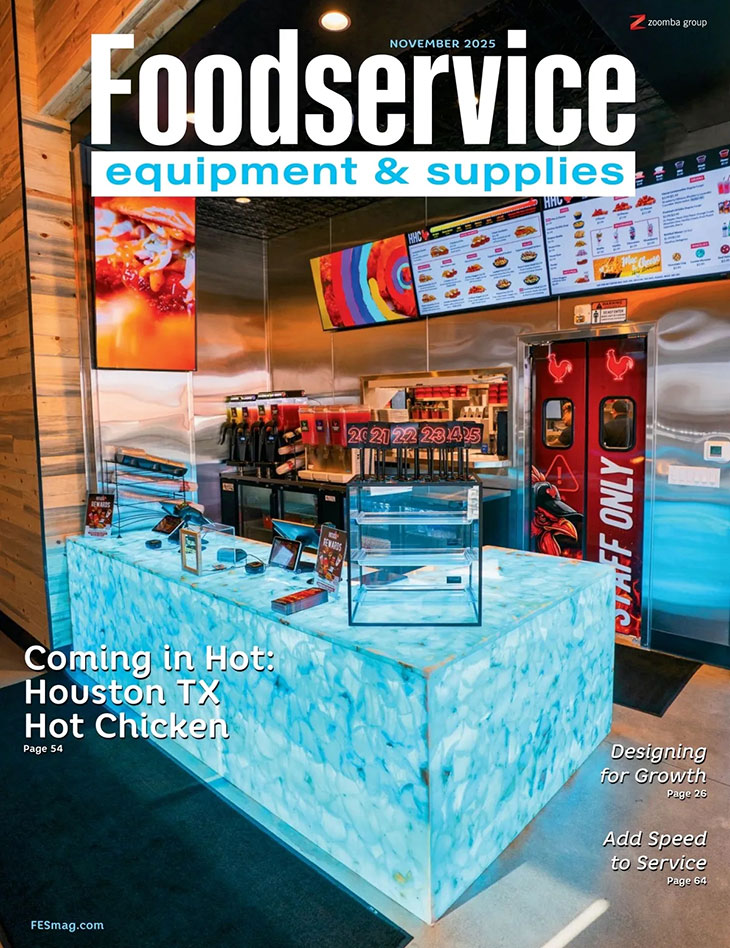Dramatic changes in K-12 school foodservice have meant an abrupt halt to traditional service models, as well as disrupting evolving programs such as scratch cooking.
 Joe Urban, Director of Food and Nutrition Services, Greenville County Schools, Greenville, S.C.How much has COVID-19 changedthe school foodservice model over the last few months?
Joe Urban, Director of Food and Nutrition Services, Greenville County Schools, Greenville, S.C.How much has COVID-19 changedthe school foodservice model over the last few months?
The school foodservice model has changed dramatically in the last few months. Gone — mostly — are the days of students coming through the cafeteria line to select their lunches. Instead, the vast majority of students now receive their meals through drive-up car lines or off of buses — often with five days’ worth of meals that they need to reheat at home — through kiosks staged throughout the schools or bagged lunches served in classrooms or other nontraditional dining locations such as gymnasiums or media centers. School foodservice directors who, before COVID-19 were offering their students many different options during mealservice, are now being forced to offer justone or maybe two options because themeals are being served in bags and noton trays from the cafeteria line.
What kinds of potential innovation might COVID-19 have canceled or delayed?
There has been a strong push over the last few years for K-12 programs to move to more scratch and speed-scratch cooking. That has been halted or severely diminished in most, if not all, programs due to the nontraditional serving models that are needed due to COVID. The reliance on convenience types of foods is higher now than it has ever been since Ihave been in this industry. My fear from the beginning of this event is that the reliance on heavily processed and prepackaged products would set the K-12i ndustry back years and destroy a lot of positive momentum that has been taking place in programs nationwide.
What are the biggest changes you believe will occur moving forward?
Operators who want to remain successful in this new normal are going to need tolearn to adapt quickly to the changing environment. Being able to shift directions with menu options quickly due to supply chain issues (food and nonfood), training staff how to operate safely with new protocols and finding innovative ways and locations to serve customers are going to be critical to operational success. “Adapt or die” is more applicable now than it hasever been in the past.
Looking out five years or so, what do you think school dining will look like?
I strongly believe that we will be able to return to almost normal pre-COVID operations at some point in the near future, at least in regard to the types offoods we are serving our customers. However, I believe that the days of self-service salad bars and customizable self-service stations may never come back. There has been a strong push to incorporate healthier grab-and-go items in K-12 programs for a few years now. COVID has only increased the demandfor this type of service. I believe that wewill continue to see an increased use ofkiosks providing grab-and-go items strategically located throughout school campuses to help speed up service and prevent so many students from congregating in one area.



